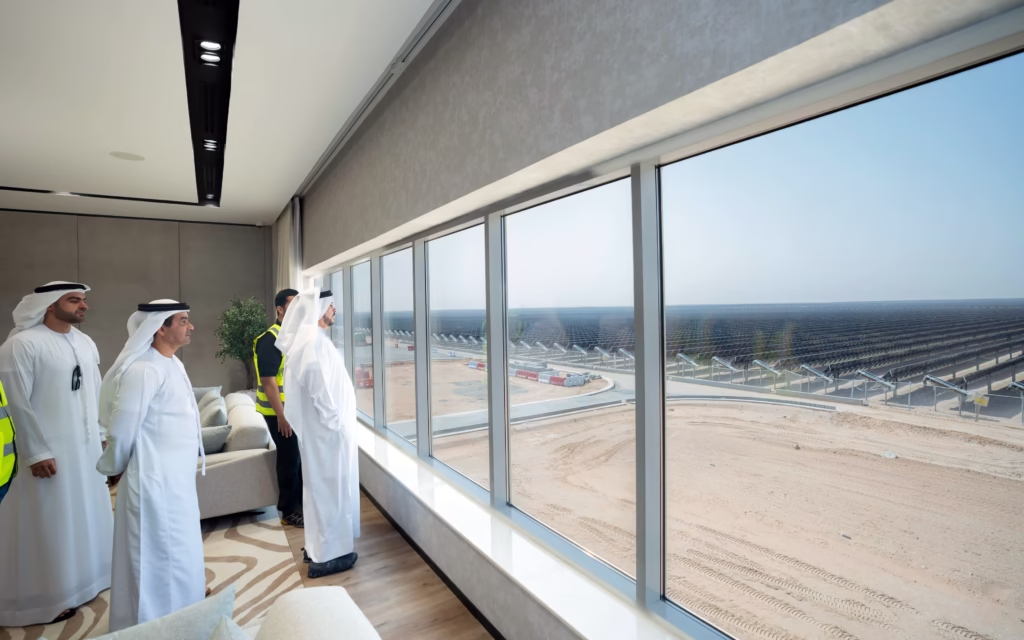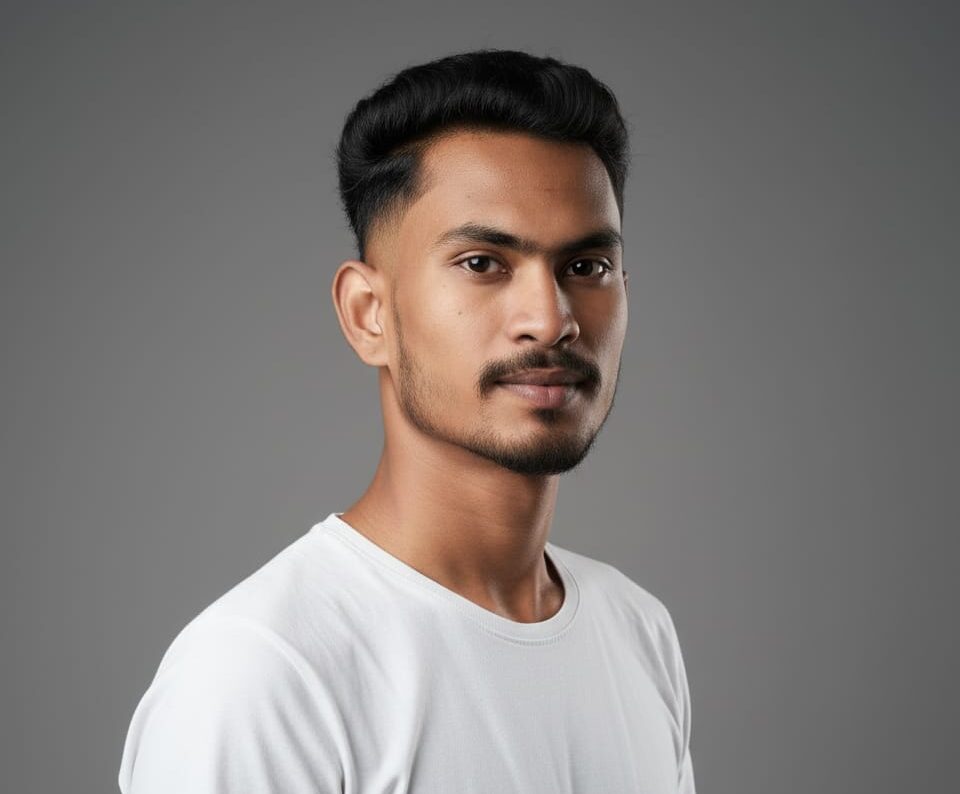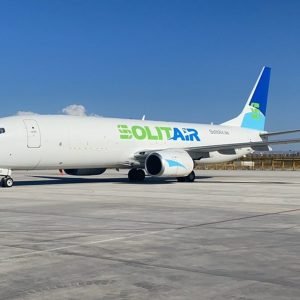Dubai Solar Park Progress has once again captured attention as Saeed Mohammed Al Tayer, Managing Director and CEO of Dubai Electricity and Water Authority (DEWA), conducted a detailed site visit to the Mohammed bin Rashid Al Maktoum Solar Park. The focus of this inspection was the sixth phase of the park, which represents a major milestone in Dubai’s ambitious plan to become a global leader in renewable energy and sustainability.
The solar park, named after the Vice President and Prime Minister of the UAE and Ruler of Dubai, Mohammed bin Rashid Al Maktoum, is more than just an energy project. It is a symbol of Dubai’s vision for a sustainable future, integrating advanced technology, large scale energy production, and environmental responsibility in a single, groundbreaking initiative.
Dubai’s Renewable Energy Vision
Dubai has long recognized the importance of sustainable energy in ensuring economic growth, environmental protection, and energy security. The Dubai Clean Energy Strategy 2050 is the blueprint for this transformation, aiming to provide 100 percent of the emirate’s power from clean sources. The strategy focuses on diversifying energy sources, reducing carbon emissions, and fostering innovation in the renewable energy sector.

The Mohammed bin Rashid Al Maktoum Solar Park is the cornerstone of this strategy. Its phased development is designed to gradually increase the emirate’s solar capacity while employing the latest technologies to optimize efficiency and reduce costs. From its first phase to the current sixth phase, the park has grown to become the world’s largest single site solar park, setting new benchmarks for renewable energy projects globally.
Phase 6 Advancing Towards a Sustainable Future
The sixth phase of the Dubai Solar Park is a remarkable engineering and technological achievement. It is expected to add 1,800 megawatts to Dubai’s energy grid, enough to power hundreds of thousands of homes. Currently, more than 68 percent of this phase is complete, with over 1,000 megawatts already operational.

Phase 6 involves the installation of nearly 4 million photovoltaic solar panels, each designed to harness sunlight efficiently. These panels use bifacial technology, which captures sunlight from both the front and back sides, significantly increasing energy yield. Additionally, single axis tracking systems allow the panels to follow the sun’s movement throughout the day, maximizing energy capture and efficiency.
This combination of advanced solar technologies makes Phase 6 one of the most efficient and cost effective solar energy projects in the world. The project demonstrates that large scale solar power can be both economically viable and environmentally sustainable, helping Dubai meet its energy needs while reducing reliance on fossil fuels.
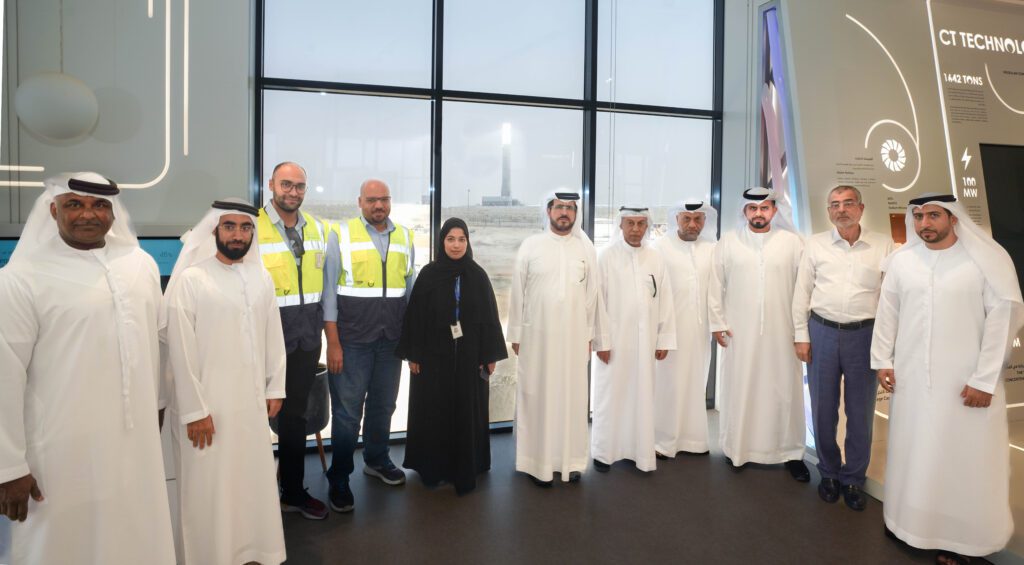
Technological Innovations Driving Efficiency
Phase 6 represents a leap forward in solar technology. The bifacial panels not only produce more energy from sunlight that hits the front of the panel but also from light reflected from the ground, which is especially effective in desert environments. The single axis trackers optimize the angle of the panels throughout the day, ensuring they capture the maximum amount of sunlight possible.
Moreover, the project integrates state of the art monitoring and control systems that track energy production, panel performance, and environmental conditions in real time. This digital infrastructure allows engineers to optimize output, reduce maintenance costs, and quickly address any technical issues.
The solar park’s cost efficiency is also impressive. It delivers energy at one of the lowest costs per kilowatt hour in the world, demonstrating that renewable energy can compete with traditional fossil fuels without government subsidies. This cost effectiveness makes Dubai a role model for other countries investing in solar energy.
Environmental Impact and Sustainability Goals
The environmental benefits of Phase 6 are substantial. Once fully operational, it will provide clean energy to approximately 540,000 homes, significantly reducing the emirate’s carbon footprint. The project is expected to cut carbon emissions by around 2.36 million tonnes annually, which is equivalent to planting millions of trees.
By generating renewable energy at such a large scale, the solar park contributes to global efforts to combat climate change. It also supports Dubai’s local initiatives to improve air quality, reduce greenhouse gas emissions, and conserve natural resources. The project serves as a tangible example of how ambitious energy strategies can align with environmental sustainability goals.
Economic and Social Benefits
Beyond its environmental impact, the solar park also has significant economic and social implications. The Independent Power Producer model encourages private sector investment, fostering innovation and job creation. Engineers, technicians, and specialists are employed in the project, providing opportunities for local talent while attracting international expertise.
The project strengthens Dubai’s energy security by diversifying energy sources and reducing dependence on imported fuels. This diversification is critical in maintaining stable energy prices and ensuring a reliable supply for residents and businesses. Additionally, the solar park supports Dubai’s transition toward a green economy, positioning the city as a hub for sustainable technologies and investment in clean energy.
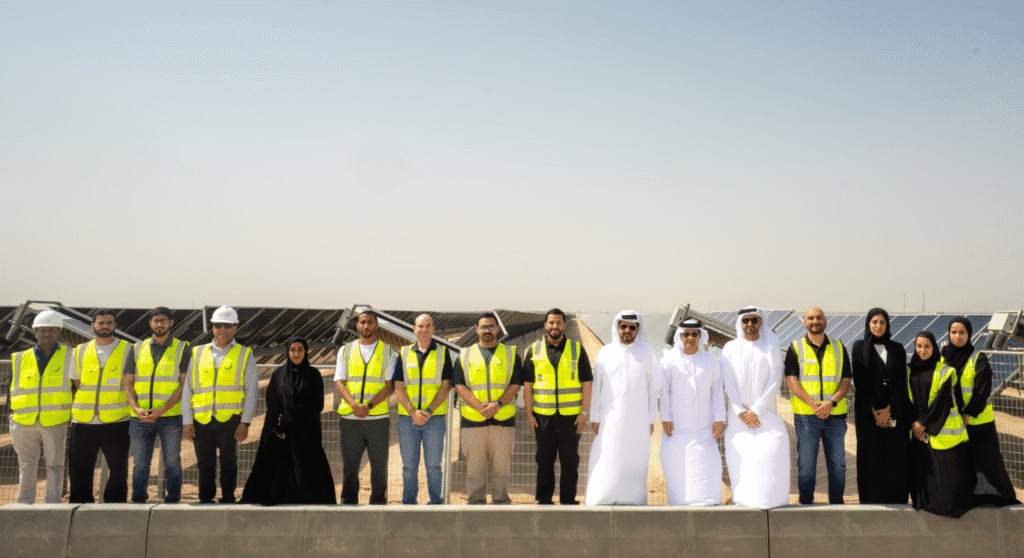
Community Engagement and Awareness
DEWA has also emphasized community engagement alongside technological development. Awareness campaigns and educational programs are run to encourage sustainable energy practices among residents, businesses, and students. By showcasing the tangible benefits of solar energy, the Mohammed bin Rashid Al Maktoum Solar Park helps foster a culture of sustainability in the region.
The solar park is not just an energy project; it is a platform for innovation and learning, inspiring the next generation of engineers, researchers, and environmental leaders in Dubai and across the UAE.
Looking Ahead Phase 7 and Beyond
While Phase 6 is progressing steadily, DEWA is already planning Phase 7, which will add 2,000 megawatts of photovoltaic capacity and a 1,400 megawatt battery energy storage system. The integration of energy storage is a game changer, as it allows the park to provide a continuous power supply even when the sun is not shining.
Phase 7 is expected to further reduce costs, increase efficiency, and contribute to Dubai’s goal of providing clean energy for all. This phase will also strengthen Dubai’s position as a global leader in renewable energy innovation, attracting investment and expertise from around the world.
The long term vision extends beyond electricity production. By 2050, Dubai aims to achieve a 100 percent clean energy mix, combining solar, wind, nuclear, and other renewable technologies. The Mohammed bin Rashid Al Maktoum Solar Park remains central to this vision, showcasing how large scale solar projects can transform an entire city’s energy landscape.
Conclusion
Saeed Al Tayer’s inspection of the Mohammed bin Rashid Al Maktoum Solar Park highlights the significant progress Dubai is making in renewable energy. Phase 6 demonstrates that sustainable energy can be efficient, cost effective, and scalable.
Through a combination of cutting edge technology, strategic investment, and a clear vision, Dubai is setting a benchmark for cities around the world. The solar park not only meets the immediate energy needs of the emirate but also supports long term environmental, economic, and social goals.
Dubai Solar Park Progress is more than a project it is a vision for a sustainable future, reflecting the city’s commitment to innovation, environmental responsibility, and global leadership in renewable energy. As Phase 6 nears completion and Phase 7 is planned, Dubai continues to illuminate the path toward a cleaner, greener, and more sustainable world.
Do follow UAE Stories on Instagram
Read Next – DEWA Chinese Clean Energy Partnership Boosts Dubai’s Renewable Power

